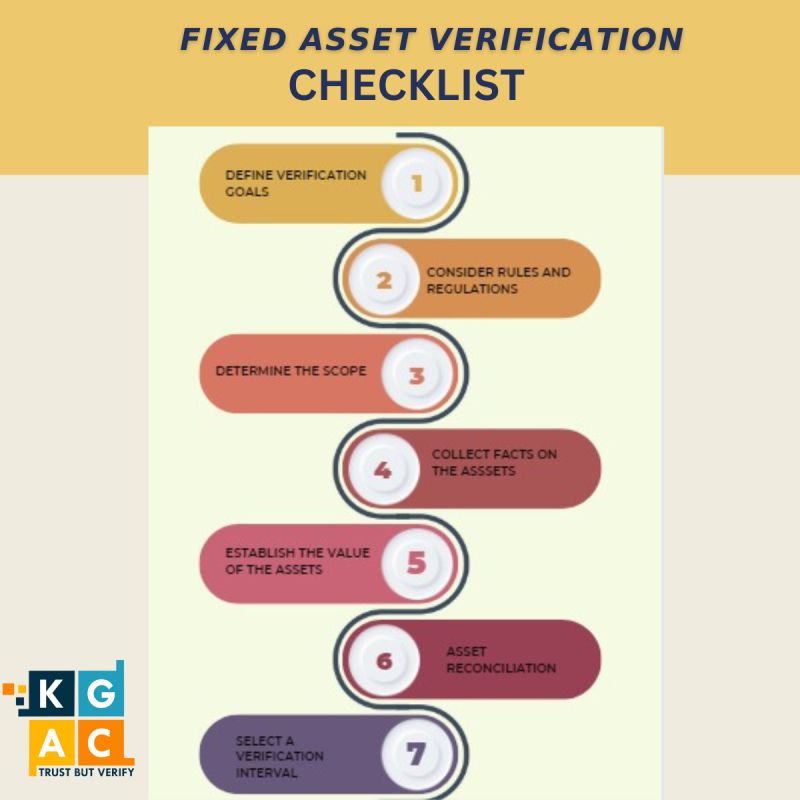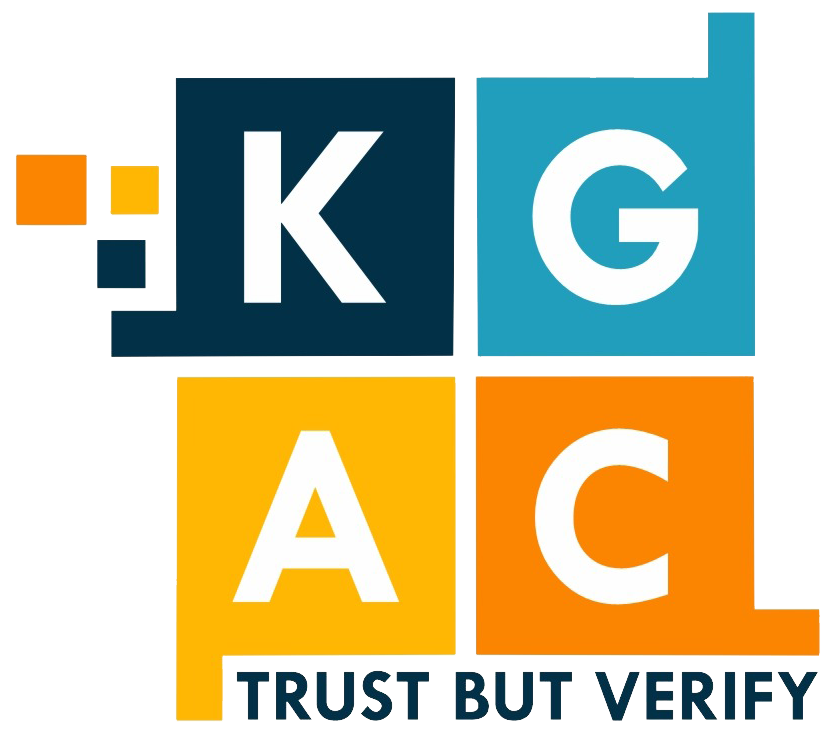
𝗙𝗶𝘅𝗲𝗱 𝗮𝘀𝘀𝗲𝘁 𝘃𝗲𝗿𝗶𝗳𝗶𝗰𝗮𝘁𝗶𝗼𝗻 𝗰𝗵𝗲𝗰𝗸𝗹𝗶𝘀𝘁.
Undoubtedly, there is a necessity for conducting fixed asset verifications. The following approach ensures the efficient and thorough execution of these verifications.
✅𝗗𝗲𝗳𝗶𝗻𝗲 𝘃𝗲𝗿𝗶𝗳𝗶𝗰𝗮𝘁𝗶𝗼𝗻 𝗴𝗼𝗮𝗹𝘀:
Before commencing the verification, it is essential to establish the objectives. Defining the asset verification goals will guide you in setting the scope and establishing clear objectives, enabling your auditing team to stay focused and aligned.
✅𝗖𝗼𝗻𝘀𝗶𝗱𝗲𝗿 𝗿𝘂𝗹𝗲𝘀 𝗮𝗻𝗱 𝗿𝗲𝗴𝘂𝗹𝗮𝘁𝗶𝗼𝗻𝘀
Your organization might already have internal protocols that impose specific limitations and criteria on conducting fixed asset verifications. Additionally, there could be state or federal regulations that might influence your auditing procedures. Identifying and ensuring compliance with pertinent rules is essential as you strategize and conduct the verification.
✅𝗗𝗲𝘁𝗲𝗿𝗺𝗶𝗻𝗲 𝘁𝗵𝗲 𝘀𝗰𝗼𝗽𝗲:
You might pursue a restricted fixed asset verification instead of a comprehensive inventory. In such instances, precisely outlining the audit’s scope before commencement is vital.
✅𝗖𝗼𝗹𝗹𝗲𝗰𝘁 𝗳𝗮𝗰𝘁𝘀 𝗼𝗻 𝘆𝗼𝘂𝗿 𝗮𝘀𝘀𝗲𝘁𝘀:
There are various approaches to verify this crucial information, such as having an auditor physically locate and examine the asset or cross-referencing printed data with the asset descriptions in the ledger. The published data from inventory reports must be verifiable and traceable.
After confirming the physical existence of each asset, you can gather data on them.
✅𝗘𝘀𝘁𝗮𝗯𝗹𝗶𝘀𝗵 𝘁𝗵𝗲 𝘃𝗮𝗹𝘂𝗲 𝗼𝗳 𝘆𝗼𝘂𝗿 𝗮𝘀𝘀𝗲𝘁𝘀:
This entails identifying the asset’s acquisition costs and purchase date. At this stage, one of the fundamental aspects of fixed asset audits becomes relevant: asset depreciation.
All fixed assets undergo depreciation over time.
Utilizing the information gathered in the preceding steps of the audit, you should be able to compute the asset’s depreciation using either a straight-line or accelerated depreciation method.
The straight-line method, being the simplest, enables you to apply a consistent rate of fixed asset depreciation each year throughout the asset’s lifespan.
✅𝗔𝘀𝘀𝗲𝘁 𝗿𝗲𝗰𝗼𝗻𝗰𝗶𝗹𝗶𝗮𝘁𝗶𝗼𝗻
Every fixed asset verification culminates in asset reconciliation. This is the stage where the compiled data from the audit is juxtaposed with inventory reports to ascertain the precision of the ledgers. At this juncture, any anomalies or fraudulent activities may come to light.
✅𝗦𝗲𝗹𝗲𝗰𝘁 𝗮 𝘃𝗲𝗿𝗶𝗳𝗶𝗰𝗮𝘁𝗶𝗼𝗻 𝗶𝗻𝘁𝗲𝗿𝘃𝗮𝗹:
After finishing the comprehensive fixed asset verification, the next step is to determine the frequency of future verifications. Organizations typically perform these inventories on a cycle of three to five years. In cases where a business possesses a considerable number of volatile fixed assets, an alternative option is to opt for limited audits on an annual basis.
